MDRS Journalist Log SOL 1
01 April 2025
By David Joy
Today Crew 313 woke to blustery but safe winds after a safe entry onto Mars to start Sol 1 and began to prepare for our first EVA. After a wonderful breakfast, we began to suit up and prepare to enter the airlock.
In this EVA five of the six crew members ventured out heading for two separate locations in order to collect samples of gypsum, sandstone, and if possible, sandstone “blueberries”. We made good time to the first location and were able to collect more than enough gypsum. The samples were high quality, and often contained trace colors of yellow, brown, or amber.
We then traveled to the second location, we struggled to find the location, even with the coordinates. We did find a location in which we were able to find the necessary sandstone and sandstone “blueberries”, along with numerous other amazing samples. There were a variety of sandstone samples of various colors, often layered, and the EVA team was successful at locating some of the sandstone “blueberries” which were dark in quality and of average quality.
We were so caught up in the marvel of the Martian geology that we nearly missed our time to return to the Hab. To make matters more interesting, we had a storm come up on us with stronger winds, and temperature drop, and even some precipitation.
We were able to make it back to the Hab only a minute or so late, without anyone getting impaled or left behind (Take that Mark Watney!!!).
We then ate lunch and had time to rest and recover for a bit, at which point we then suited up for our second EVA, in which we would be testing some new helmet designs made by our own crew member Riley Nuttycombe!
Our second EVA was a walking EVA in which we walked to the Marble Ritual site, in which we participated, and then did several things to test the new helmet designs, such as climbing to test maneuverability and sampling to test visibility and productivity, as well as overall comfort. It was a very successful and helpful test, and a safe and productive EVA.
To end the Sol we are preparing dinner, tying up loose ends, and resting in preparation for tomorrow and another amazing and productive Sol.
Crew 313 signing off.
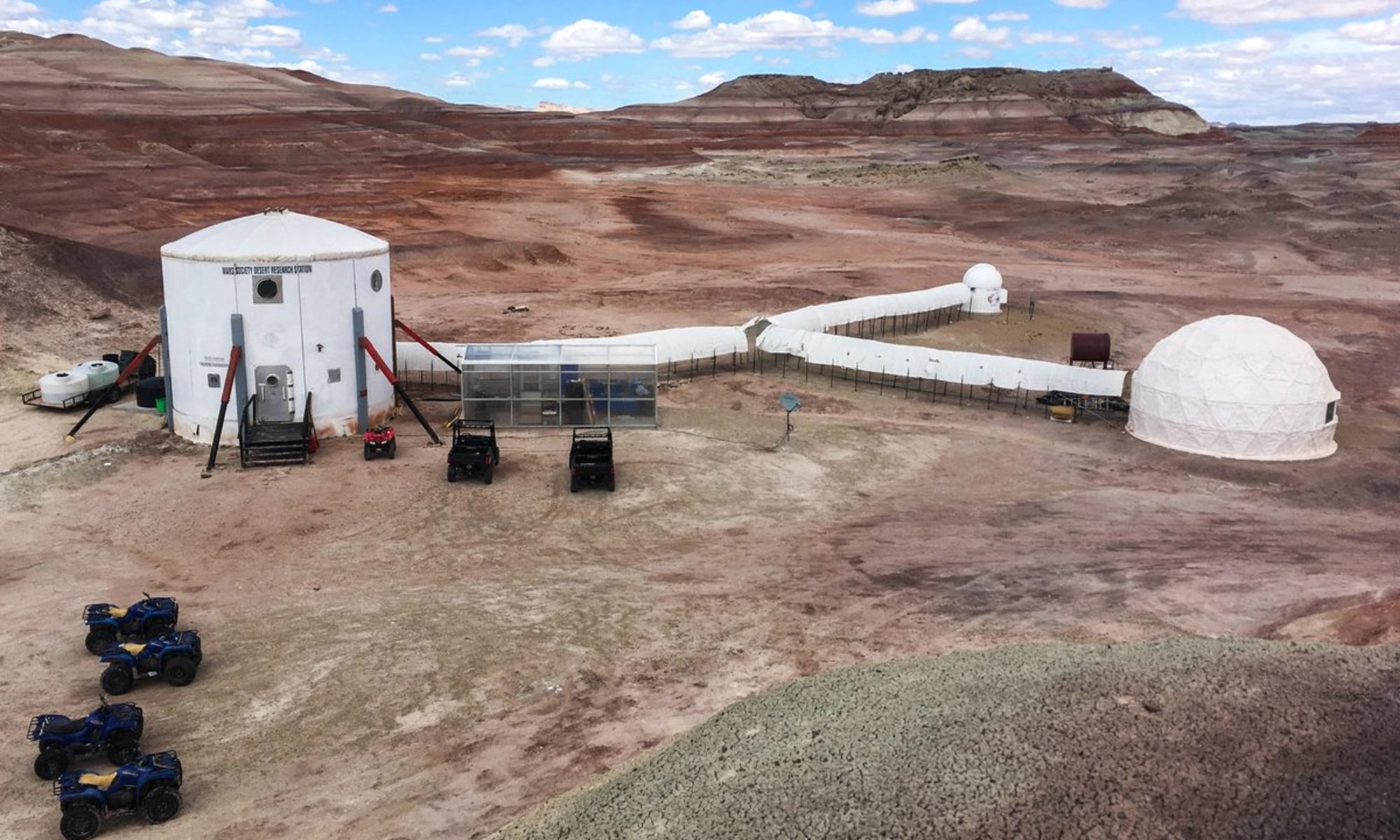
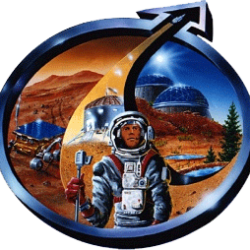
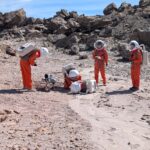
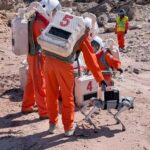
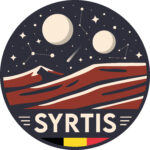
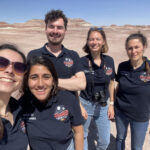
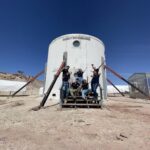
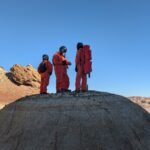
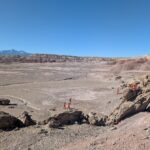
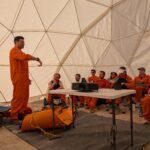
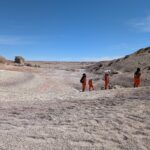
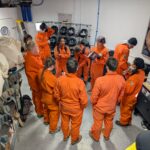
You must be logged in to post a comment.